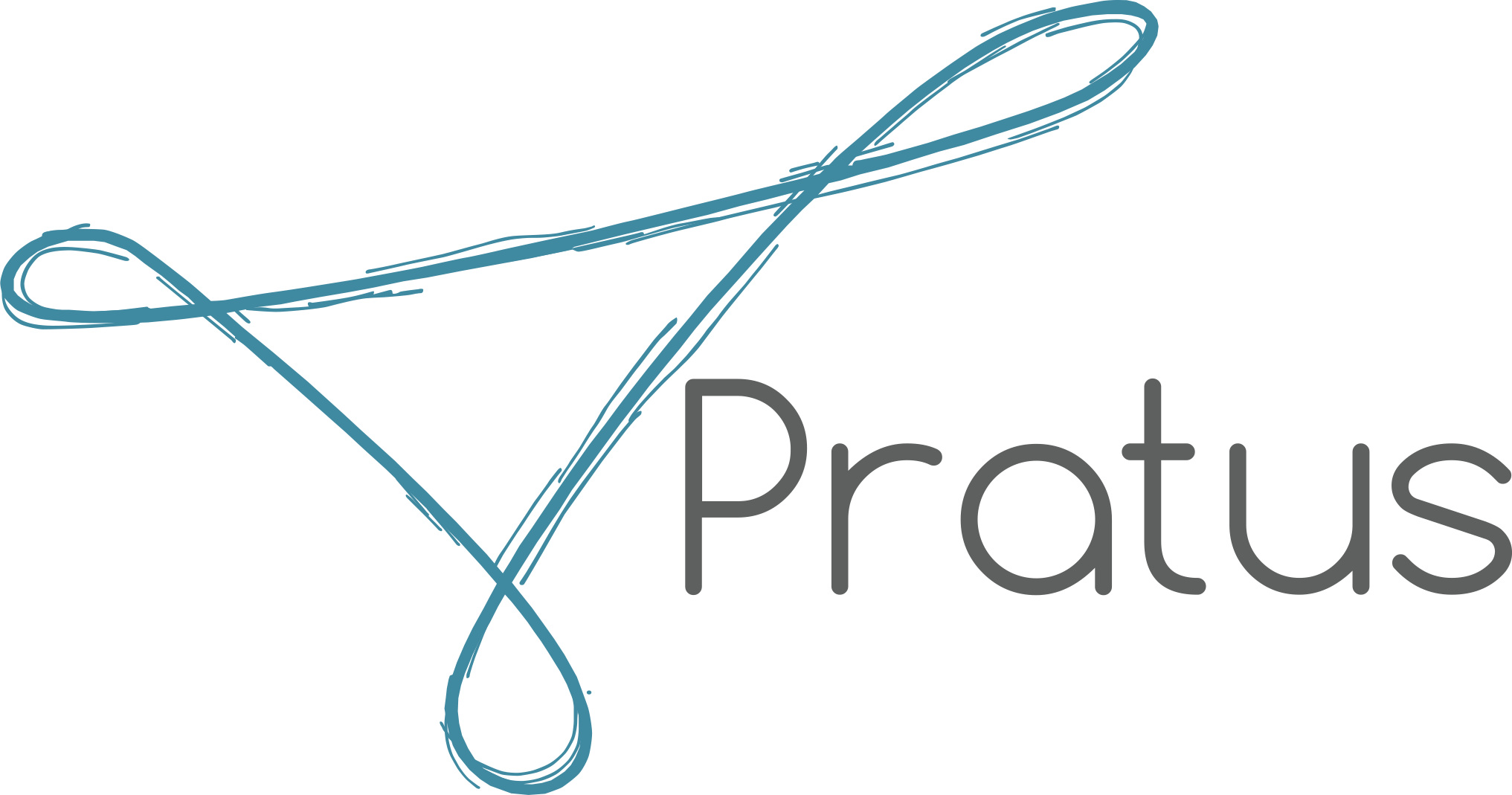Living in a Pandemic - How Buildings Can Minimize Viral Disease Transmission
It’s a strange world we’re living in at this moment. When the first confirmed COVID-19 case was reported by Health Canada on January 25th, 2020 many of us, ourselves included, were naively unaware of what was to come. Nine months since that first confirmed case one thing has become evidently clear, we are forever changed by this global pandemic. It is remarkable to see how we have adapted in such a short period of time – physical distancing protocols, limiting interactions, mask wearing, reimagined workplaces, schools, dining, retail, and entertainment experiences. Although not all these changes feel natural, and some we hope to do away with sooner rather than later (remember live concerts?), we would continue to be naïve to think that mitigation measures will no longer be required once the COVID-19 pandemic is over.
As individuals who have spent their careers in buildings, we couldn’t help but think of the impact that COVID-19, and ultimately the threat of future viral diseases, will have on our industry. In North America we spend 90% of our time indoors. Simply put, buildings and how occupants interact within them play a huge role in the transmission of viral disease. Therein lies the question, how can we leverage buildings to minimize the risks of viral disease transmission?
Thankfully the answer was simple, the Fitwel Viral Response Module. Launched in August 2020, the viral response module provides annual, third-party certification of policies and practices to mitigate the spread of contagious disease. Developed using scientific evidence (our favourite kind) the module has established data-driven, cost-effective strategies that mitigate transmission while simultaneously building occupant trust and creating healthy and resilient indoor environments. Even more attractive, the Fitwel response module includes turnkey policy templates, is scalable, cost-effective (one time registration fees of $500 USD & annual certification fees of $4,500 USD) and can be applied to a suite of different building archetypes ranging from multifamily residential to hospitals.
Some of the measures are relatively straightforward such as posting educational signage to prompt improved hygiene practices or implementing high performance cleaning protocols. Others may influence how we design our buildings such as increased ventilation (gulp, what about energy?), maintaining optimal humidity so that viruses fail to survive once airborne, or designing/reconfiguring spaces to accommodate physical distancing.
Unlike other Fitwel standards the Viral Response Module has Minimum Requirements (MR) otherwise known as prerequisites. These are measures that must be achieved in order for a project to qualify for certification, there are eight (8). The total points available under the standard is 33.34. Credits are weighted differently depending on strength of the associated evidence and the demonstrated impact on occupant health. To be Viral Response Certified projects must achieve a minimum score of 70%. Those who achieve 90%+ earn the title of Viral Response Certified with Distinction.
Without a doubt it is going to take time for things to return to the way they were. As we look to the future and establishing our ‘new normal’ it is important that occupants feel safe to return to the buildings in which they work and the places they visit. The Fitwel Viral Response Module is an excellent tool to help buildings address concerns surrounding viral transmission. Certification demonstrates, in a meaningful way, that building owners have made a commitment to occupant safety.
For more information on the Fitwel Viral Response Module please visit: https://www.fitwel.org/viral-response-module/
Interested in certifying under the Fitwel Viral Response Module reach out at:
Mercedes.byers@pratusgroup.com or Mar.abera@pratusgroup.com
